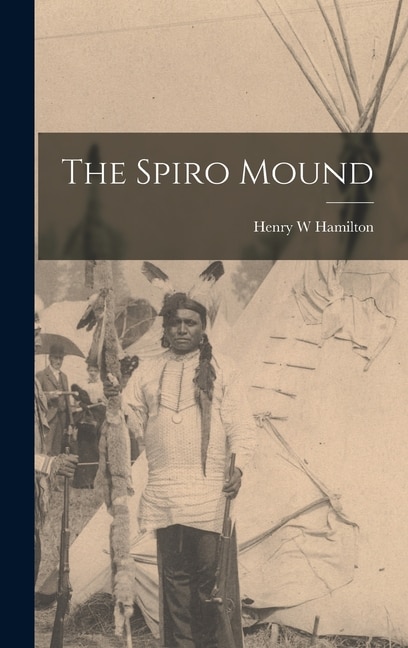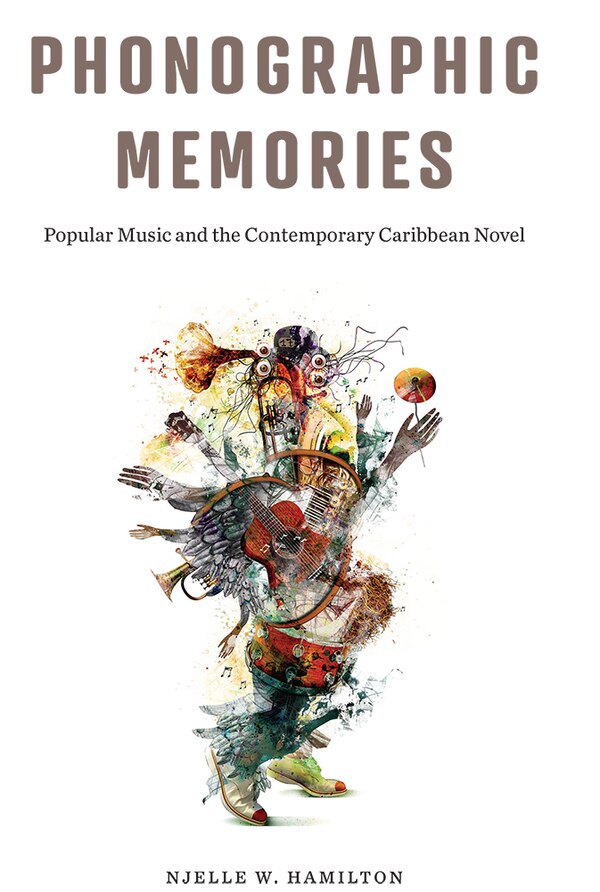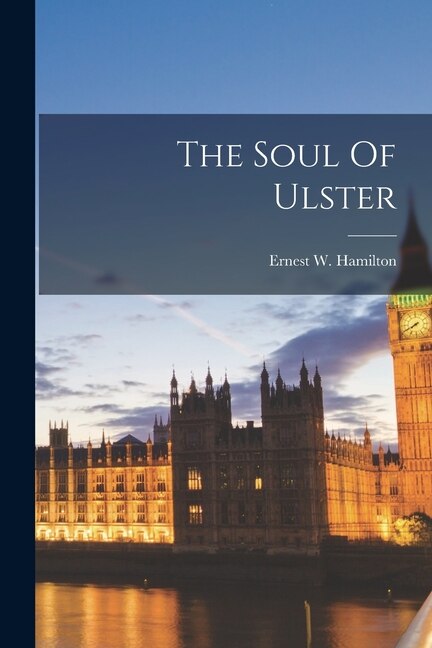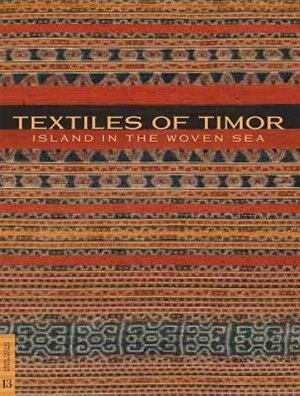Home
The Sioux Of The Rosebud by Henry W. Hamilton, Paperback | Indigo Chapters
Loading Inventory...
Indigo
The Sioux Of The Rosebud by Henry W. Hamilton, Paperback | Indigo Chapters
From Henry W. Hamilton
Current price: $36.95
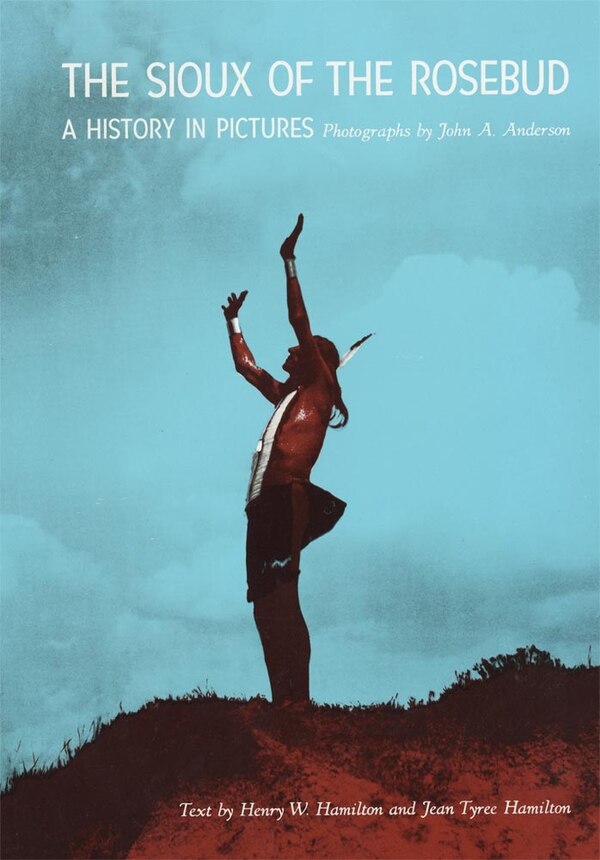

Indigo
The Sioux Of The Rosebud by Henry W. Hamilton, Paperback | Indigo Chapters
From Henry W. Hamilton
Current price: $36.95
Loading Inventory...
Size: 0.75 x 10 x 644
*Product information may vary - to confirm product availability, pricing, shipping and return information please contact Indigo
In the late 1880s, John A. Anderson, a young Swedish-born settler near Fort Niobrara, Nebraska, bought a camera with earnings from carpentry work. He soon became a full-fledged photographer, and in 1889 General George Crook asked him to serve as official photographer to the Crook Treaty Commission on its visit to the Brulé Sioux Indians on the Rosebud Reservation in South Dakota. Anderson agreed-and thereby moved into a poignant and oftentimes tragic era in the history of the Sioux. From 1891 until his death in 1948, Anderson lived on the Rosebud, recording the painful adjustment of the proud Brulés to life on the reservation. This was a particularly hard time for the Brulés. Nomadic warriors by nature, they had been subjugated following their greatest triumph at the Battle of the Little Big Horn in 1876 and were living like captives on what had once been their buffalo hunting grounds. The buffaloes were dead, and the Indians had been forced to accept white men's ways and white men's provender. To help feed themselves, they were compelled to farm-to "scratch the ground," as they scornfully expressed it-a way of life they regarded as shameful. Anderson became a sincere friend of the Indian, who learned to trust him and allowed him to record their daily lives and their ceremonies. Anderson photographed Sioux camps, villages, and day schools; recorded councils between whites and Indians; and portrayed the Indians as they received their beef rations and annuity payments. When Buffalo Bill Cody and Charles P. Jordan organized their wild-west shows, he photographed the Sioux who joined the shows. Anderson was afforded the rare privilege of attending and photographing the White Buffalo, Sun dance, and Omaha Dance ceremonies. Anderson gave many of the photographs to his Sioux friends, who proudly displayed them in their cabins on the Rosebud. Over the years many other photographs found their way into museums and state historical societies. Henry W. Hamilton and his wife, Jean Tyree Hamilton, first became aware of Anderson and his work through the papers of Remington Schuyler, the well-known artist and writer, who also lived on the Rosebud. The Hamiltons searched out prints and glass-plate negatives and, with the help of Indian consultants on the reservation, painstakingly dated the photographs and identified the subjects. The wealth of photographs Anderson took is represented here by more than 200 reproductions-the largest number ever published in a single collection. They are presented not as works of art (though many of them are indeed triumphs of the photographic art) but as important historical documents in the ongoing story of the American Indian. | The Sioux Of The Rosebud by Henry W. Hamilton, Paperback | Indigo Chapters

